Get Savvy About Spider Breeds: 8 Green, Variegated And Curly Types Of Spider Plants
You may think you know what a spider plant looks like – but there’s a lot more variety than you think! We present some spectacular and striking types of spider plants
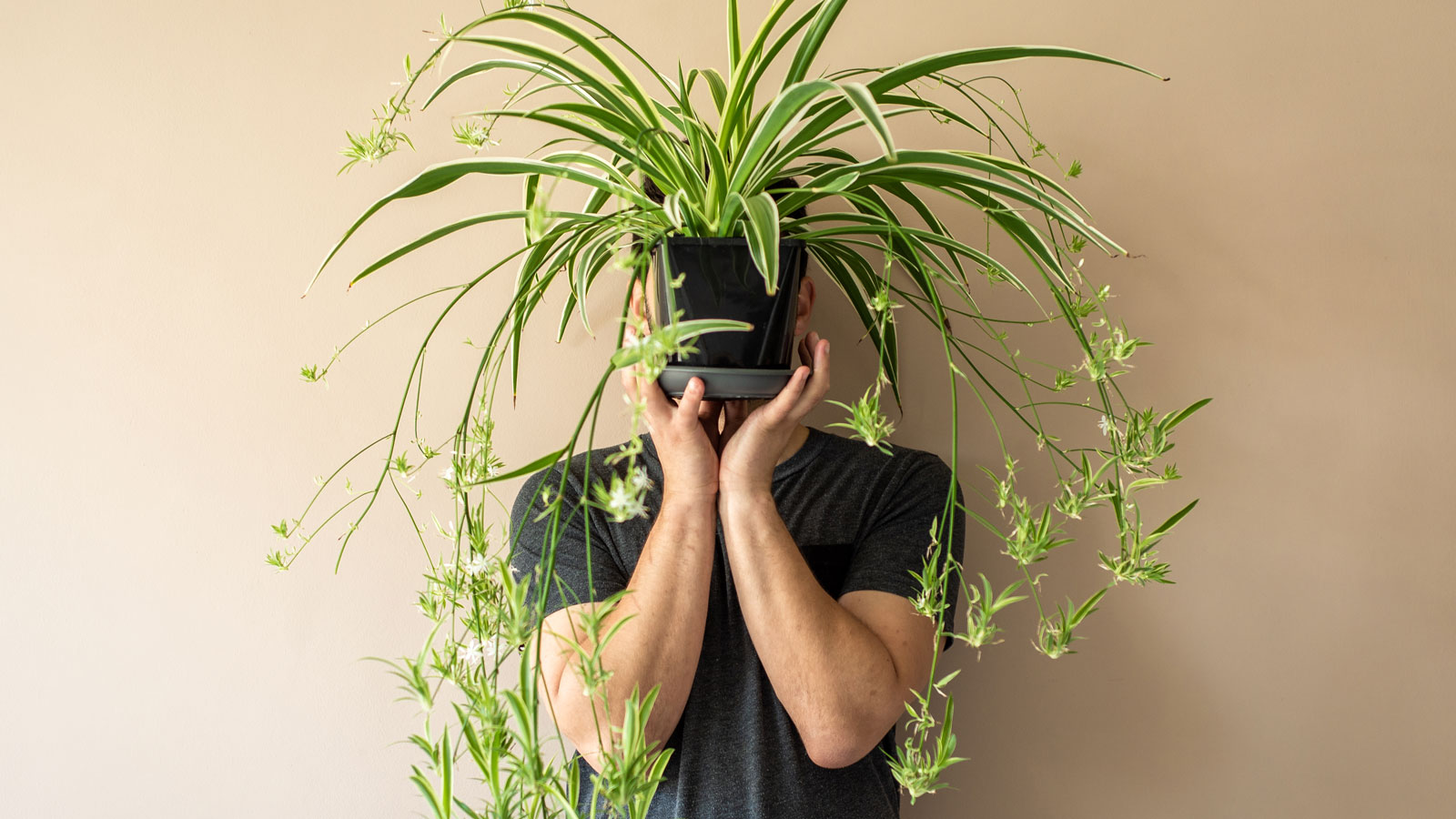

The spider plant is one of the most popular of all houseplants. For this reason, it may have come to feel a little common, possibly even boring. But thanks to its popularity, there are now many different types of spider plants available, many with unique traits. From green to striped to solid green and even curly, you’re sure to find a special spider plant variety to liven up your collection. So for anyone looking to grow a spider that thrives and delights, it’s well worth getting wise to some of the coolest and most resilient houseplants around.
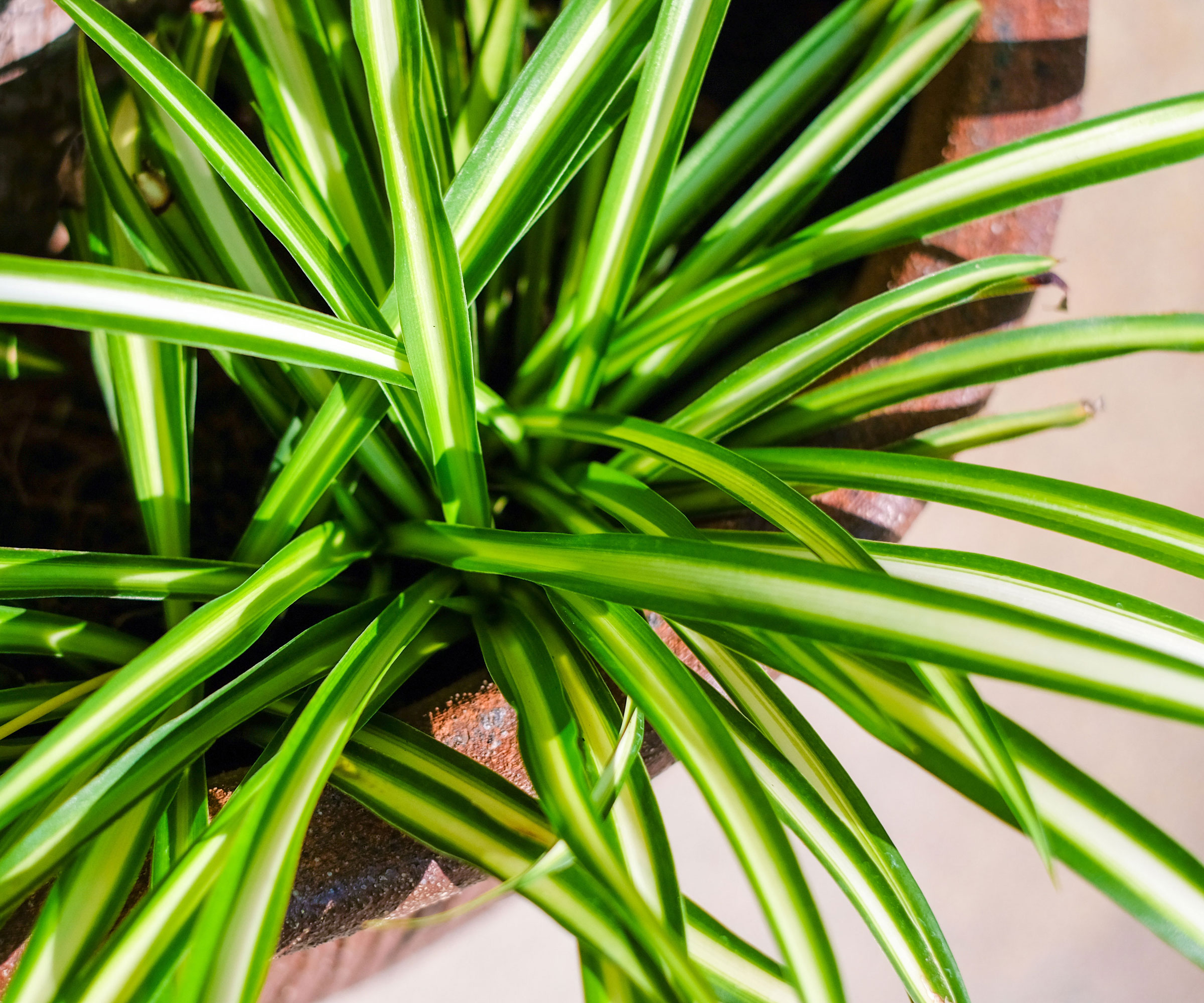
Choosing the Best Spider Plant Varieties
Amongst the different types of spider plants, there are three main categories. Variegated types are the most common, and these are distinguishable for their striped leaves. Green types have solid green foliage. The least common types of spider plants are curly-leaved.
All the more unusual-looking spider plant varieties are as easy to grow as the original. They need some warmth and humidity, indirect light, and consistent moisture in well-drained soil. In order to avoid some of the more common winter houseplant mistakes, you will also need to make sure they are well cared for during the colder months. But the more challenging with new varieties is sourcing them. Some of these spider types are harder to find – but they are worth the search! Happy hunting.
1. Variegatum
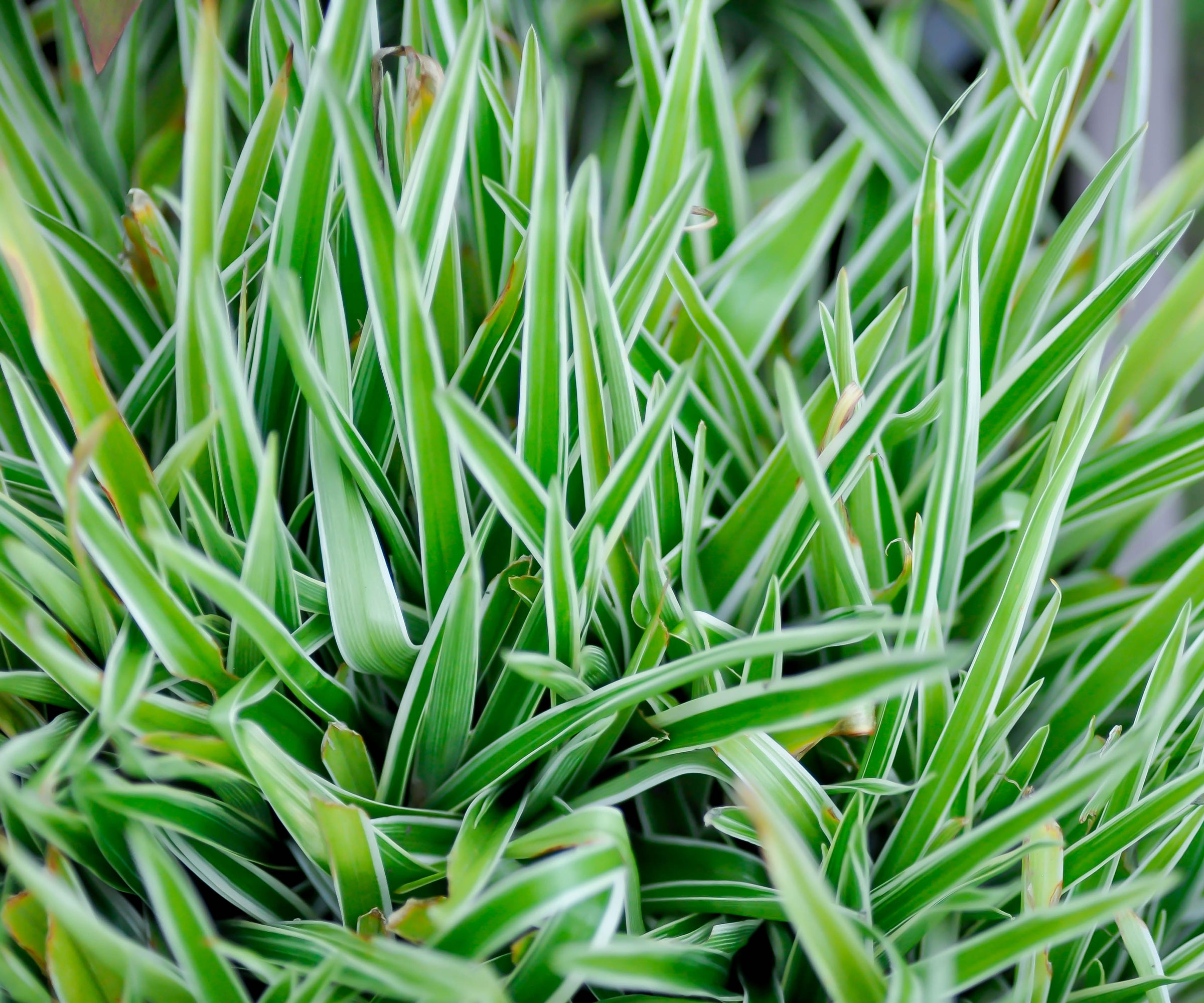
All spider plants are from the species Chlorophytum comosum. Variegatum is the traditional variety that you probably picture when you think of a spider plant. It has long, slender leaves that arch from a central rosette. These leaves are green with thin white margins. They are a mainstay of hanging baskets as well as containers, and make great plants for living rooms. As the most common type, variegatum is easy to find where houseplants are sold.
2. Vittatum
For something just a little different, look for vittatum. This variegated type has the opposite pattern from variegatum. The center of each leaf is white and has green margins. With more white on the leaves than green, this variety grows a little more weakly, which is something to bear in mind if you are looking for houseplants that like sun. Less green means less chlorophyll for harnessing the energy from sunlight. However, all spider plants are tough and grow quickly, so this isn't a major problem.
3. Bonnie
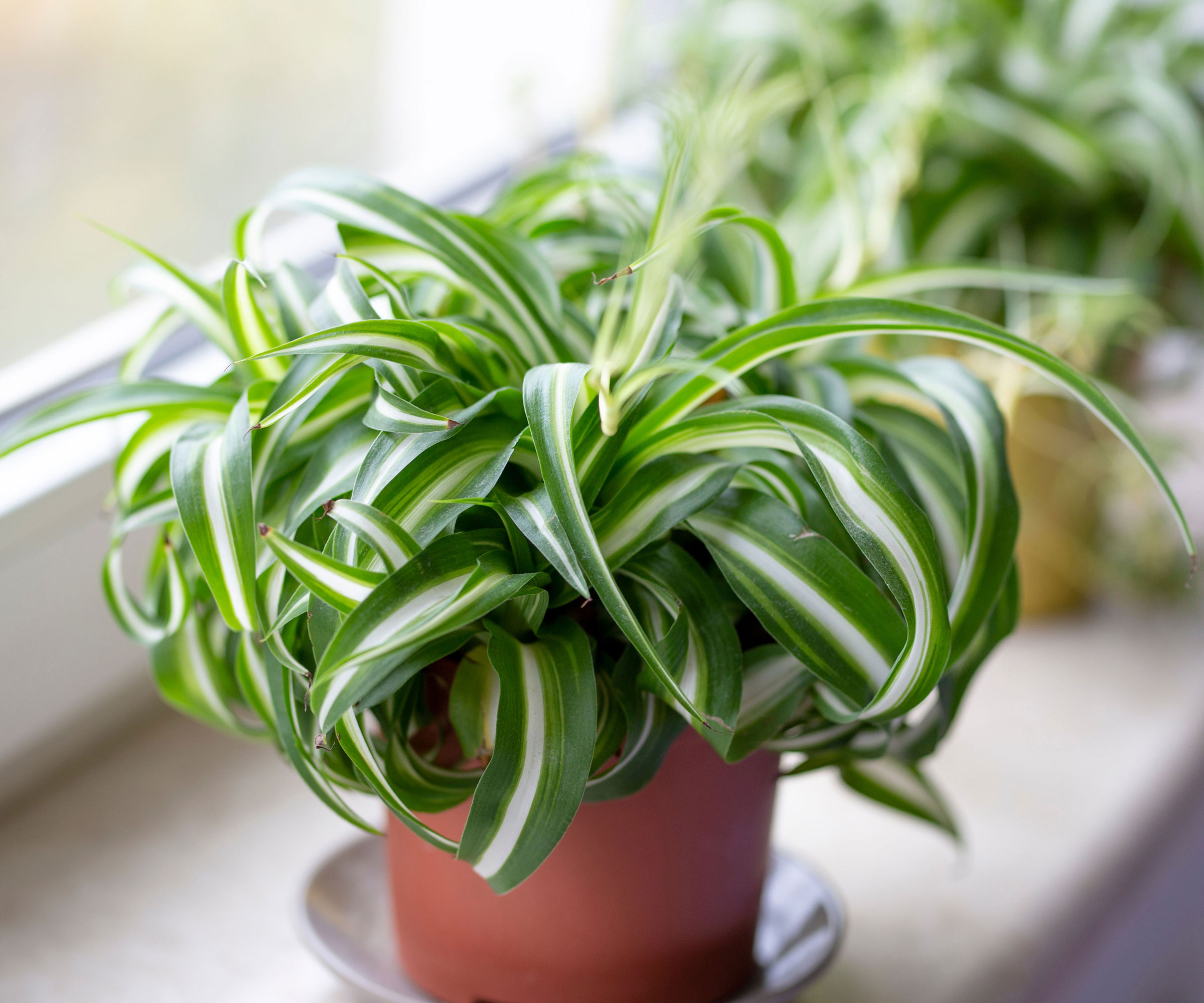
Lovers of plants that twist and turn will adore this curly type of spider plant. Although it is less common than other varieties, it is increasingly popular and getting easier to find. Bonnie is smaller and more compact than other spider plant types and has unique, curling leaves. It will only grow up to about eight inches (20cm) tall, so it’s got a natural advantage of plant lovers who are short on space.
4. Shamrock
Shamrock is one of the solid green varieties of spider plants. Its growth habit is the same as variegatum and vittatum. It has the same rosette of slender, arching leaves. What makes it different is that each leaf is green with no variegation. This will be a little harder to find than the common variegated types, but it’s a cool choice for growers looking for something a little different.
Gardening tips, videos, info and more delivered right to your inbox!
Sign up for the Gardening Know How newsletter today and receive a free copy of our e-book "How to Grow Delicious Tomatoes".
5. Hawaiian
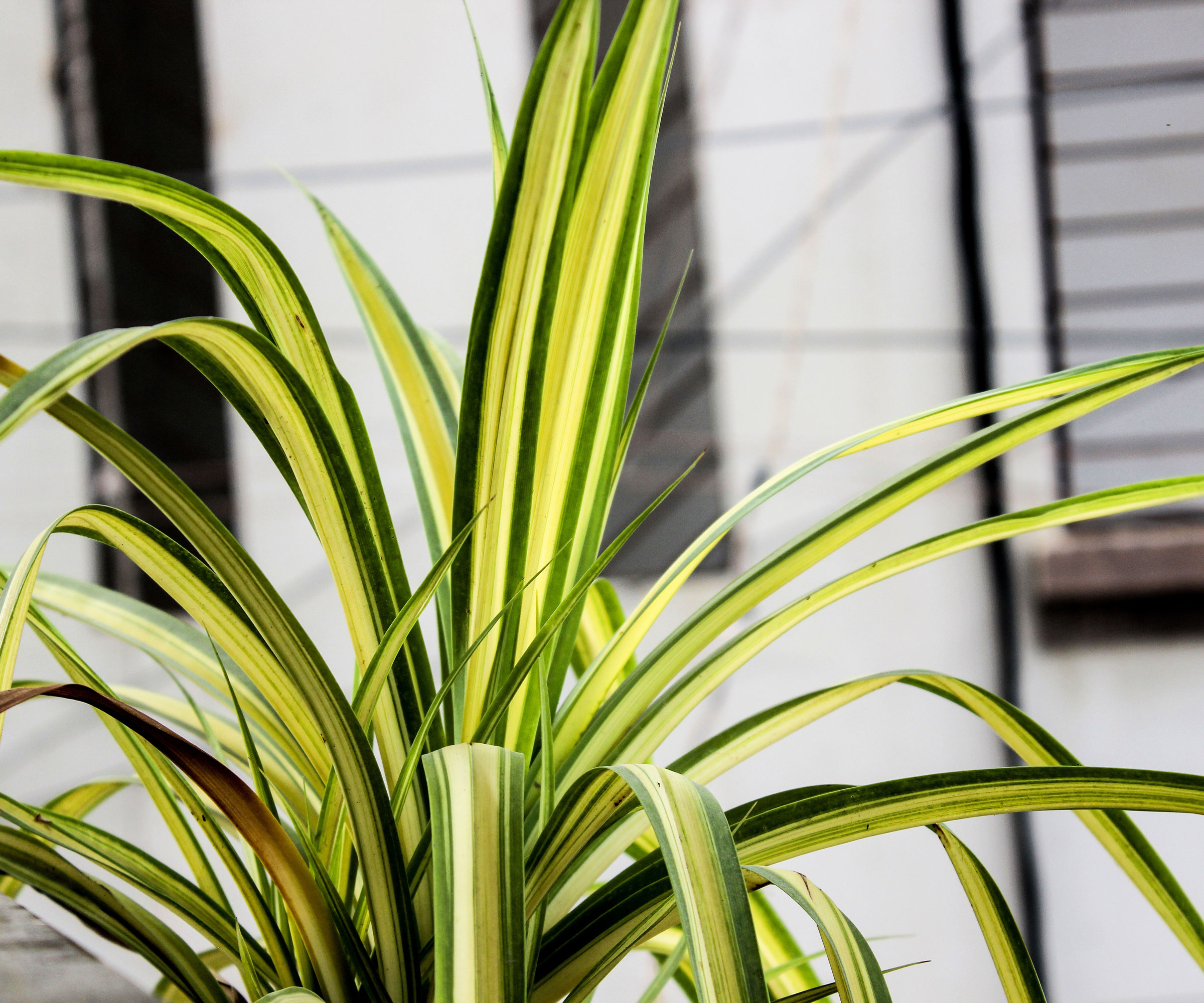
Hawaiian, also called Golden Glow for its yellow-green coloring, is one of the brighter types of spider plant you can grow. This variegated type includes dark green, yellow-green and cream for a unique cultivar. Its growth habit is similar to traditional variegated types with long, slender leaves and trailing pups – so it’s a fine and novel choice for anyone hoping to propagate spider babies.
6. Ocean
This is a newer variegated type of spider plant. The leaves are green with white margins but are wider than other types. The leaves are also shorter. These alterations give Ocean a spikier appearance. It's also fairly compact and small, growing up to eight inches tall and only a little wider. You can grow this spider plant outside in warm weather, but remember to bring it back indoors overwinter before the first frost.
7. Bichetii
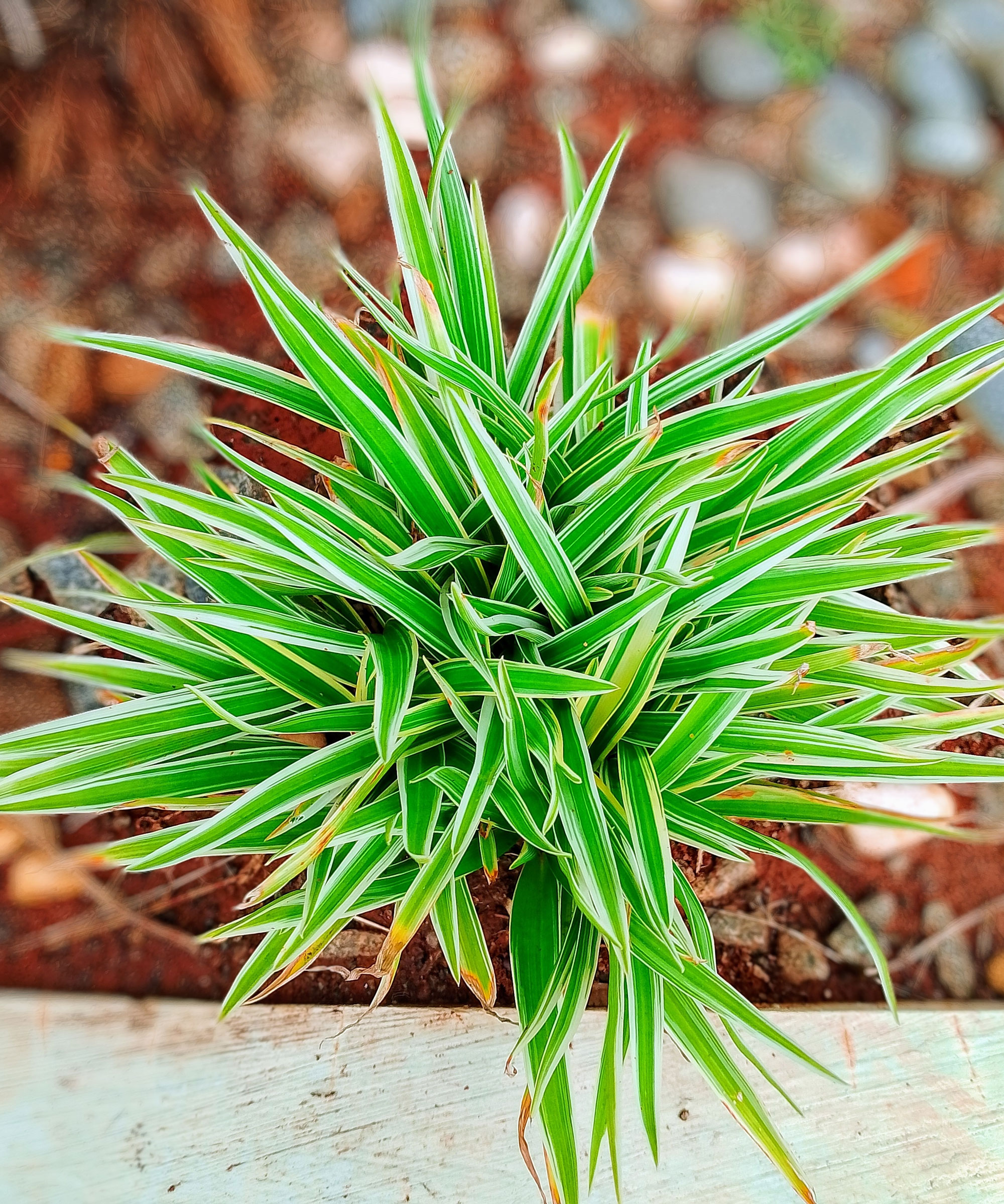
This plant is often referred to simply as a spider plant, but it's actually a related species called Chlorophytum laxum or Chlorophytum bichetii. It looks a lot like a variegated spider plant, but it has a more compact and upright growth habit. It doesn't have the same sprawling shape, so if you're looking for something a little tidier, try this plant, which is also called Saint Bernard's lily or bichetii grass.
8. Fire Flash
For something truly unique, look for Fire Flash. This variety grows up to two feet (60cm) wide and tall, and has much wider leaves than other types of spider plant. The name comes from the orange center of the plant, which makes it look like a glowing fire. The orange fades into green along each leaf, which is held on a hairy orange stem. An alternative name for this type is the orange spider plant.
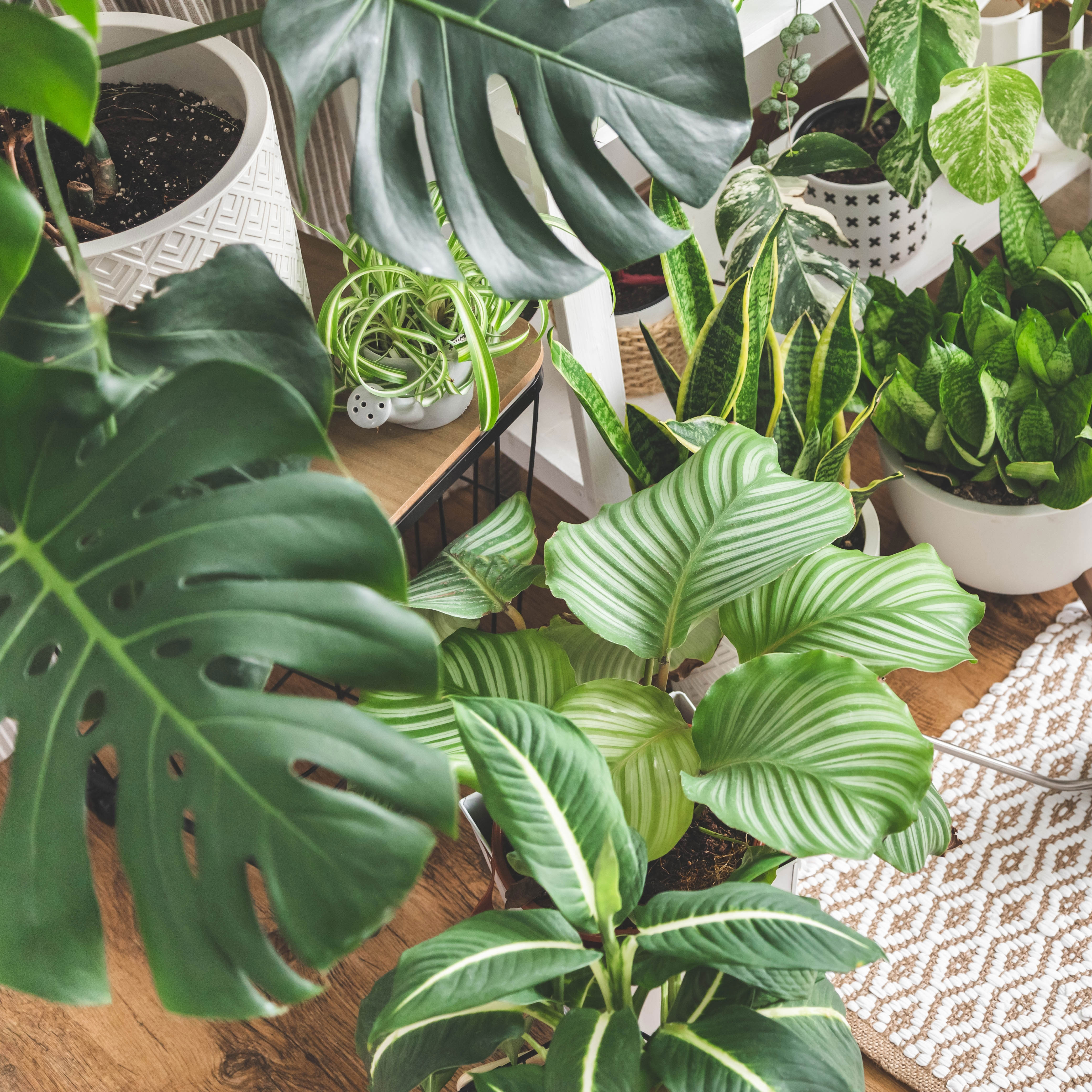
From mini monsteras to towering ZZs, the GKH shop can get you connected with your new favorite indoor house buddy! Check out our specially curated collection.
Other Creative Houseplant Ideas and Inspirations
- Looking for the hottest houseplant ideas for your home this year? Read our houseplant trends to suss out the bold and the brilliant for ultra modern interior greenery.
- Add a unique dash to your interior with extraordinary easy-care varieties of houseplants that bring character and reliability to indoor gardens.
- Fancy easy flowering houseplants with a twist? Try our rundown of the most charming kalanchoe houseplant varieties to grow in your home for a quirky show of color and cool.
- Stuck for ideas to fill a particular room of your home? Steal some inspiration from our perfect houseplant combinations for bathrooms, bedrooms, and more.
- Need new pots, trays or tools for your indoor gardening projects? Browse the Gardening Know How Shop’s special Indoor Gardening section for your essential home garden kit.
This article features products available from third party vendors on the Gardening Know How Shop.

Mary Ellen Ellis has been gardening for over 20 years. With degrees in Chemistry and Biology, Mary Ellen's specialties are flowers, native plants, and herbs.
-
 Creative Ideas For Plant Containers: 7 Ways To Save Money And Add Charm To A Garden
Creative Ideas For Plant Containers: 7 Ways To Save Money And Add Charm To A GardenIf you are looking for great ways to add personality to your container gardening – and even save yourself some money – then try these creative ideas for plant containers
By Mary Ellen Ellis
-
 How To Make A Bouquet Garni Or Herb Bundle For Cooking
How To Make A Bouquet Garni Or Herb Bundle For CookingIf you’re a great cook, you may have made an herb bundle before. If this is a new idea, learn how to add sparkle and interest to your dish with a bouquet garni.
By Amy Grant
-
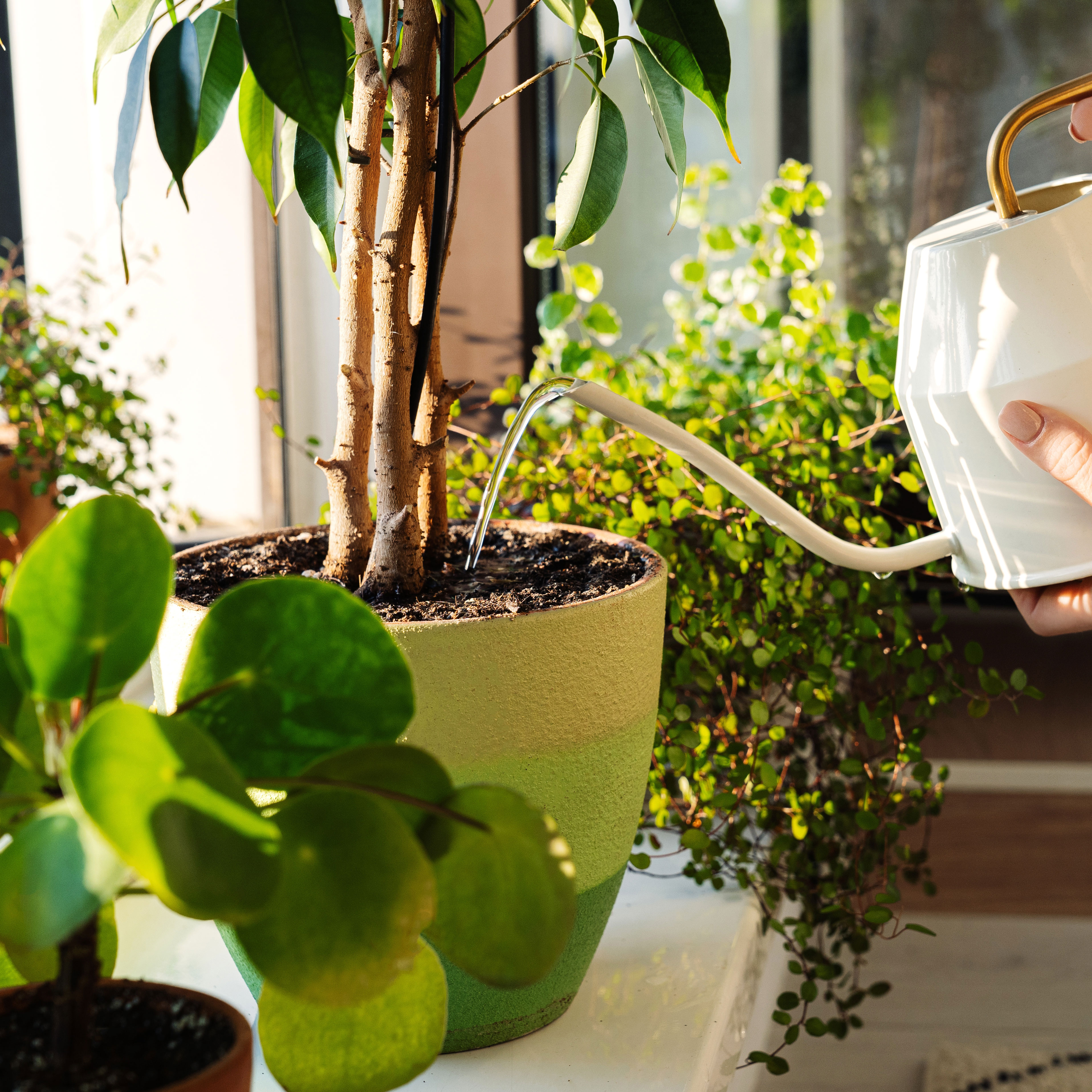 Feeding Houseplants: How And When To Fertilize Indoor Plants Like A Pro!
Feeding Houseplants: How And When To Fertilize Indoor Plants Like A Pro!Container-based houseplants have specific feeding needs over and above plants grown in the ground. Here’s how and when to fertilize indoor plants the right way
By Bonnie L. Grant
-
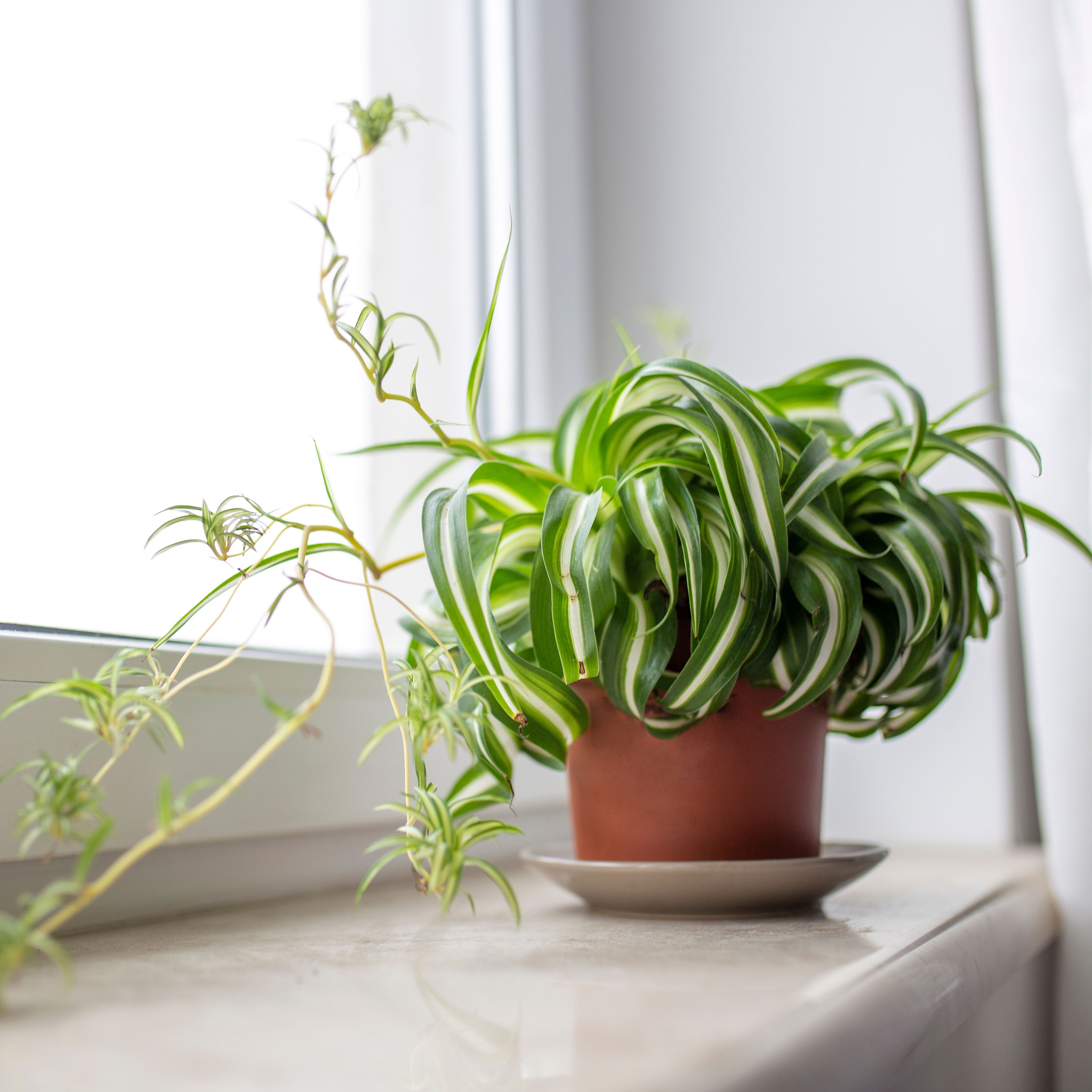 Caring For Your Curly Spider Plant: All You Need To Know To Grow A Cute Curly-Leaved Spider
Caring For Your Curly Spider Plant: All You Need To Know To Grow A Cute Curly-Leaved SpiderSpider plants may not seem all that daring or unusual, but there is one variety that definitely comes with a twist! Here’s how to cultivate the cute and curly spider plant
By Mary Ellen Ellis
-
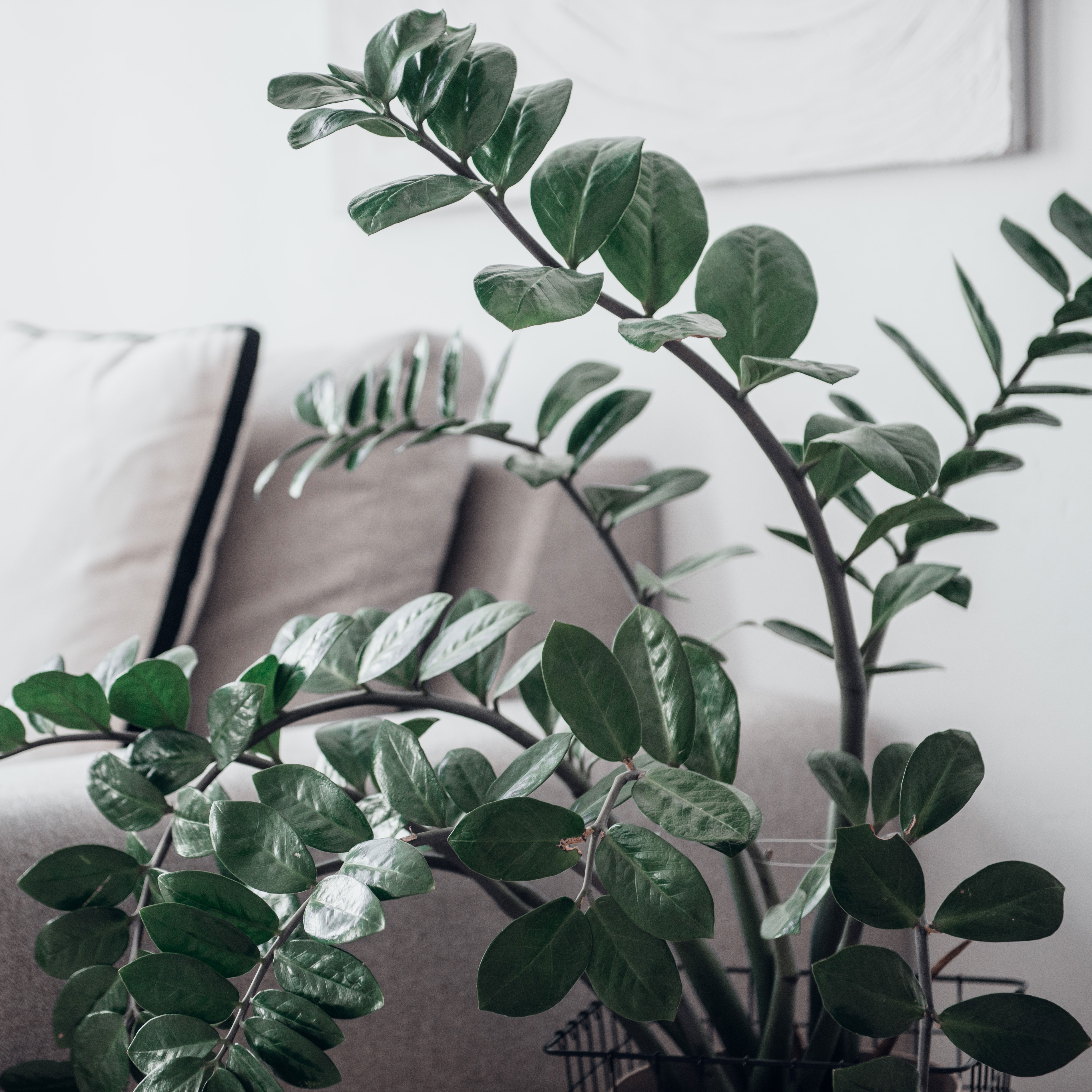 Crazy For ZZ Houseplants? Try Growing These 6 Unusual And Unique ZZ Plant Varieties
Crazy For ZZ Houseplants? Try Growing These 6 Unusual And Unique ZZ Plant VarietiesWidely acknowledged as some of the easiest houseplants to own, you may think ZZ plants are predictable – but these unique ZZ plant varieties reveal how dynamic they can be
By Tonya Barnett
-
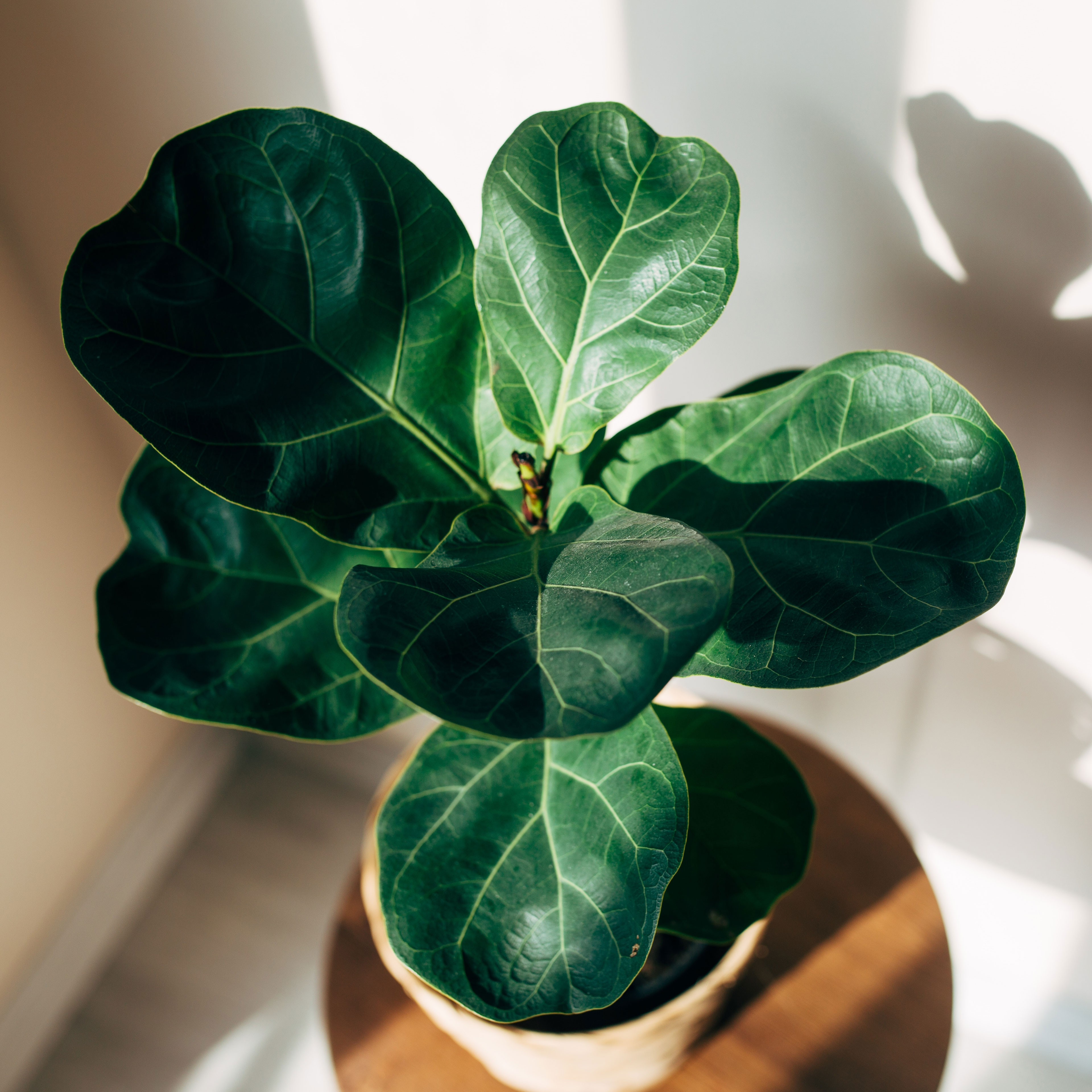 Fiddle Leaf Fig Indoor Plant Care: Cultivate Happy Banjo Figs As Houseplants
Fiddle Leaf Fig Indoor Plant Care: Cultivate Happy Banjo Figs As HouseplantsThey may have a reputation for being fussy indoors, but a few essential tips for fiddle leaf fig indoor plant care are all you need to keep gorgeous specimen houseplants
By Susan Albert
-
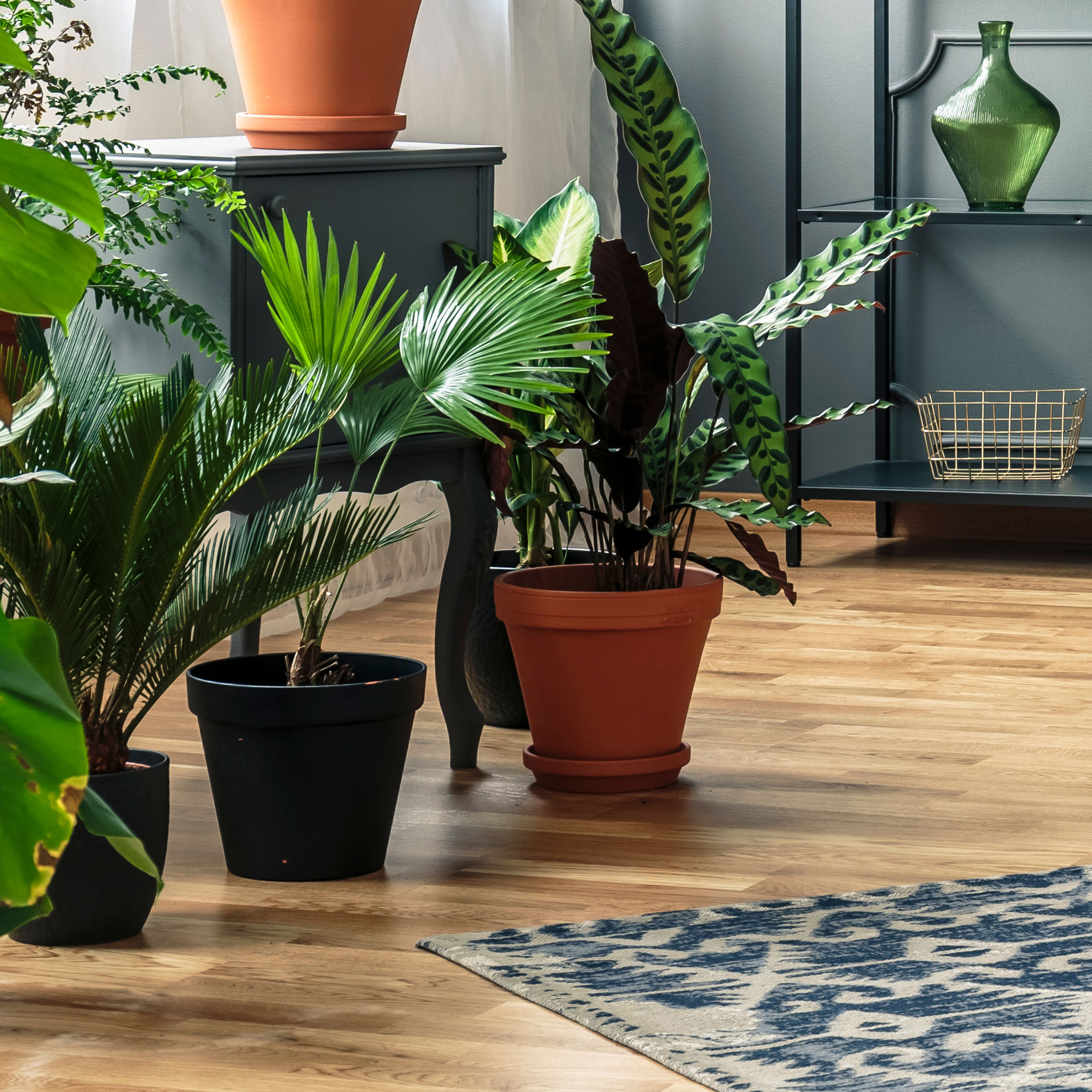 How To Protect Wood Floors From Potted Plants: Keep Floors And Other Wooden Surfaces Safe
How To Protect Wood Floors From Potted Plants: Keep Floors And Other Wooden Surfaces SafeWe love having plants around us, but it’s important to take care of wooden surfaces. Here’s how to how to protect wood floors from potted plants, as well as tables and other surfaces
By Mary Ellen Ellis
-
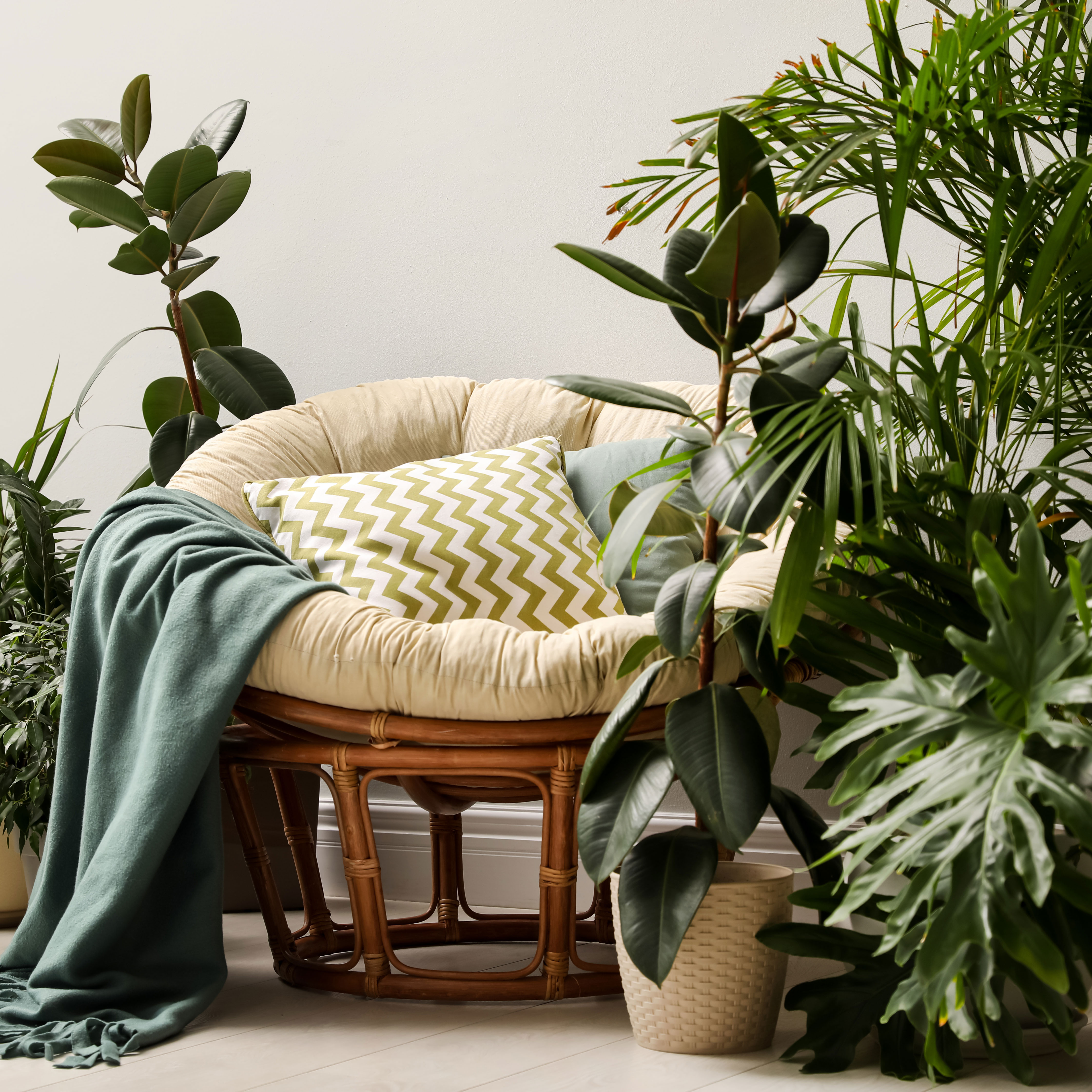 5 Best Winter Indoor Plants To Grow To Turn Your Home Into A Cozy Houseplant Hideaway
5 Best Winter Indoor Plants To Grow To Turn Your Home Into A Cozy Houseplant HideawayKeep your home (and heart) warm and bright during the chilly months with these gorgeous winter indoor plants – guaranteed to boost your seasonal happiness factor!
By Teo Spengler
-
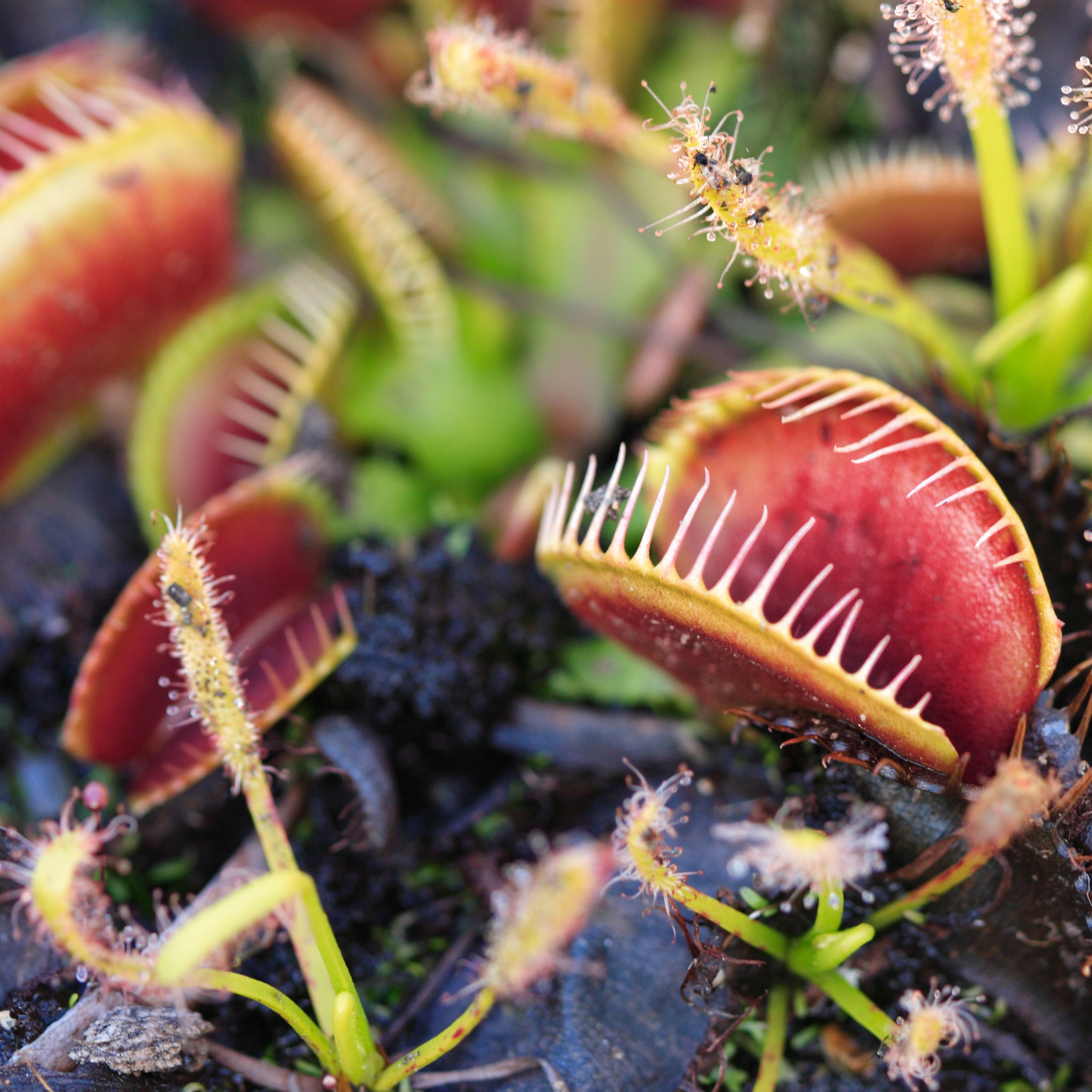 Try These 4 Indoor Carnivorous Plants: Creepy Carnivores To Add To Your Plant Collection
Try These 4 Indoor Carnivorous Plants: Creepy Carnivores To Add To Your Plant CollectionEducational, otherworldly and a little bit creepy, indoor carnivorous plants make fascinating home buddies – and if you’re keen on bug controls, they make useful pest guzzlers, too!
By Bonnie L. Grant
-
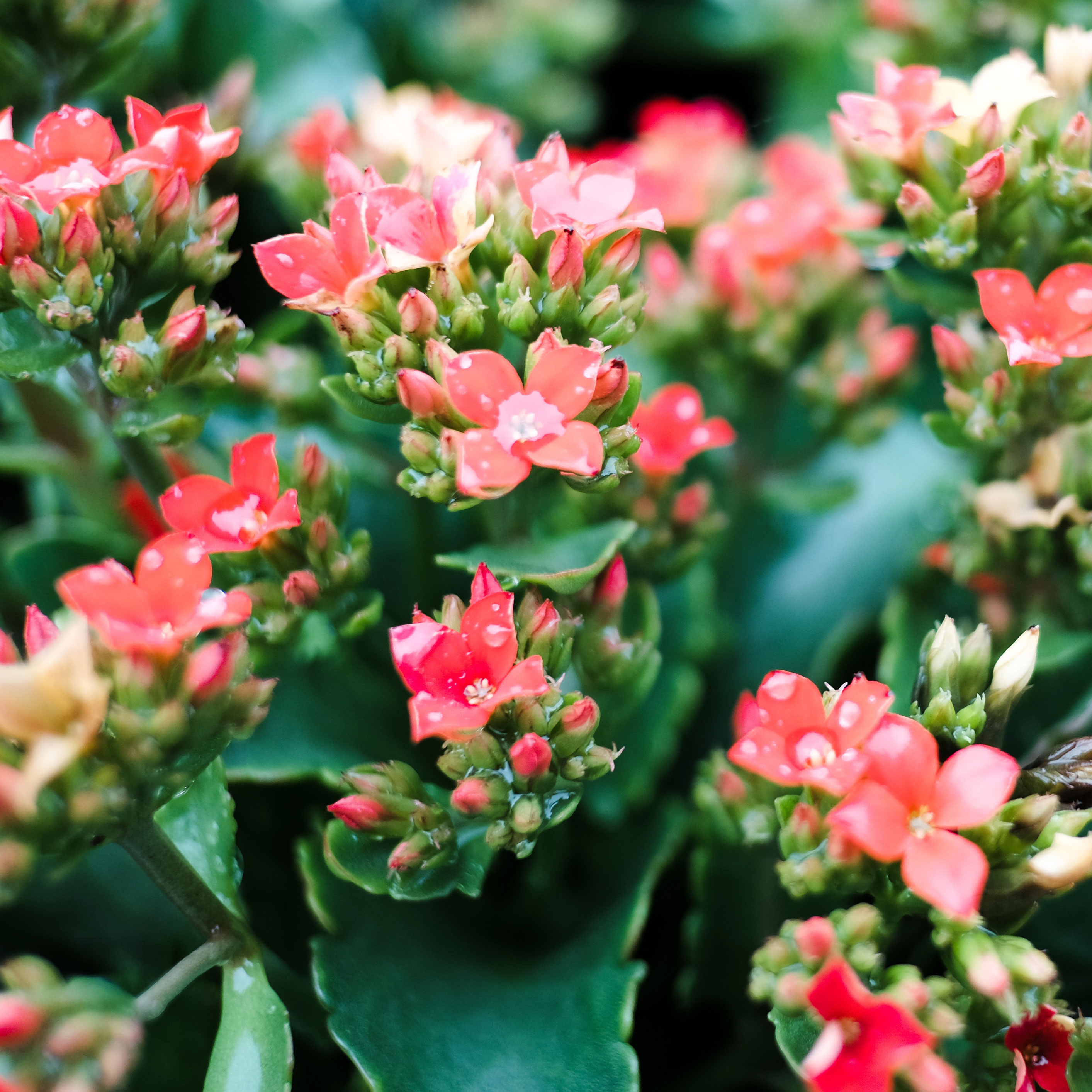 Types of Kalanchoe: 8 Easygoing Kalanchoe Varieties For Every Plant Lover
Types of Kalanchoe: 8 Easygoing Kalanchoe Varieties For Every Plant LoverIf your only experience of kalanchoes is the conventional flowering plant type, then prepare to be amazed. We round up eight kalanchoe varieties for every living space
By Bonnie L. Grant